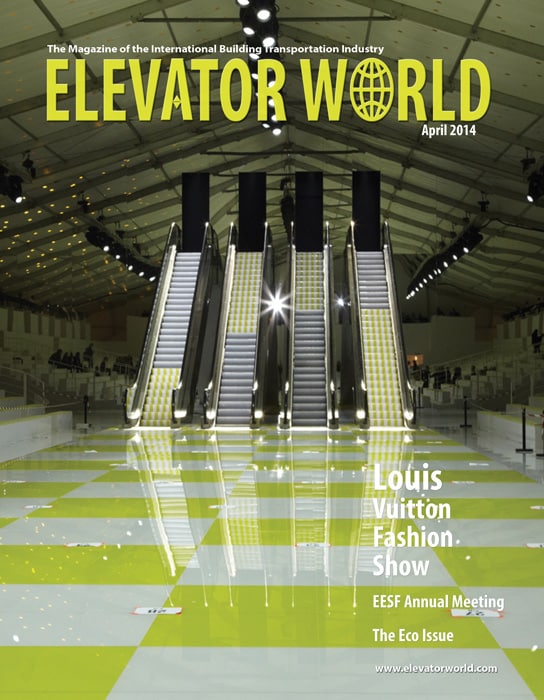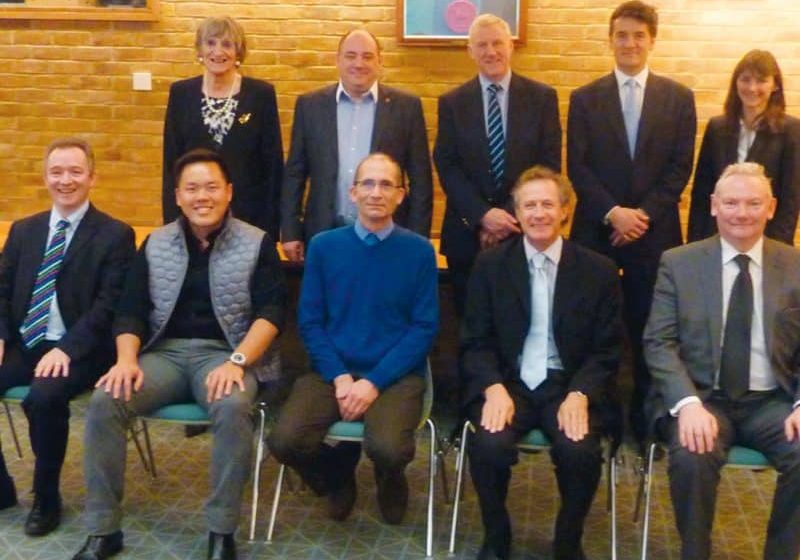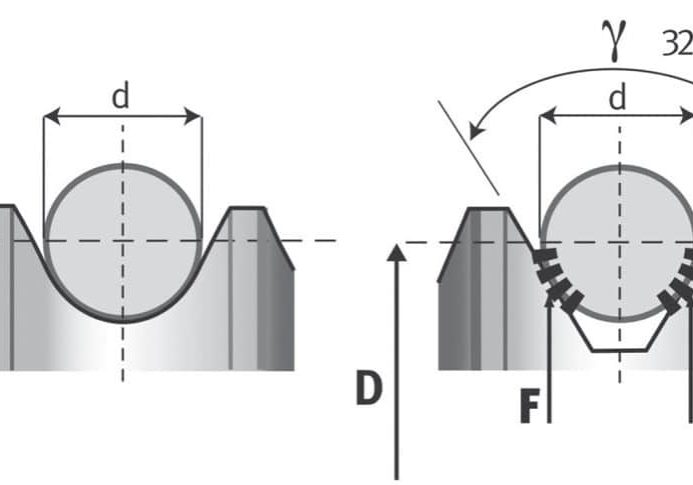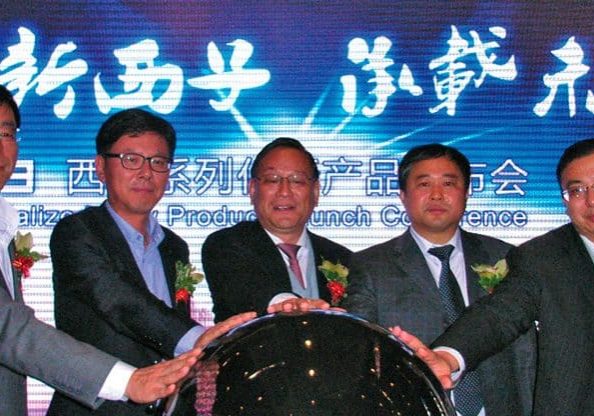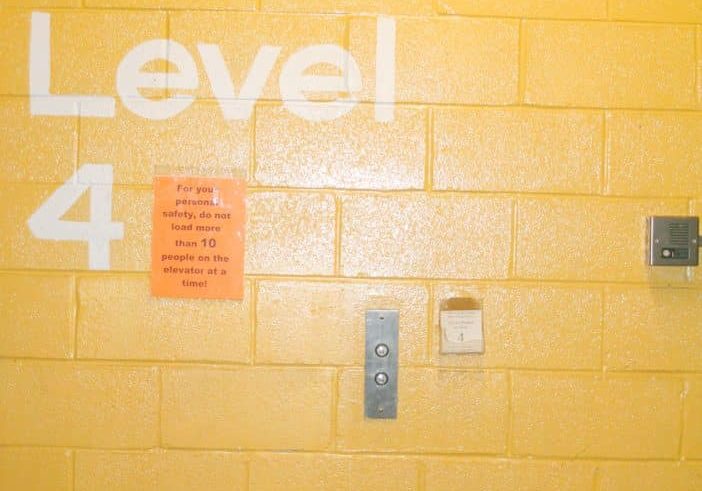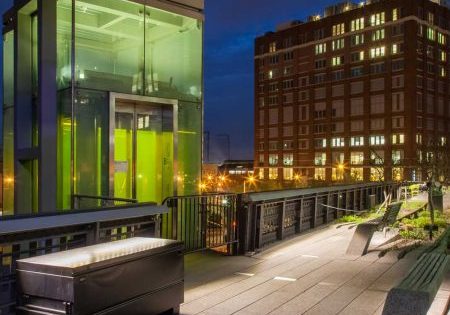A short deadline and one-of-a-kind system combined to provide a unique challenge met by Alapont in Paris.
One of the most famous museums in the world and former residence of French kings, the Louvre in the center of Paris is a unique location for a unique event. Twice a year, Louis Vuitton presents its new collection during Paris Fashion Week. On October 3, 2012, the Women’s Spring/Summer 2013 Fashion Show saw organizer La Mode en Images install a huge tent at the historical site of the Cour Carrée du Louvre. Underneath, Louis Vuitton’s new collection was revealed to the eyes and cameras of select customers and journalists from all over the world. The show was also broadcast live to millions on the Internet.
Louis Vuitton wanted the event’s organizer to create enchanting scenery to make its vision for this unique show come to life. In it, fashion brand Marc Jacobs imagined its models would appear and leave on four specially designed escalators. This vision came true in the form of four Alapont escalators with a 30°, 3.85-m rise and 1-m step width. Their speeds and directions varied, according to music and steps of the models, who performed ballet during the show.
Alapont France initially thought the challenge impossible upon hearing La Mode en Images Director Romuald Leblond explain the concept in mid August 2012. The prospect of running four escalators with such a special design and unique remote-control system only six weeks later was quite daunting. It only became feasible by the total commitment of Alapont teams in both Spain and France.
First, Alapont managed to “intercept” four escalators on their way to be installed in Spain. These were then fully assembled and tested in Alapont’s Alzira, Spain, factory. Before being sent by truck to Paris in one piece, their steps were taken apart. These became pieces of art thanks to Daniel Buren Design and were later also sent to Paris. Continued Meanwhile, Alapont’s R&D center created the remote-control system. The challenge was to get each escalator to start, stop or reverse direction softly but quickly when models stepped in and out according to the fashion show’s choreography. During the show, the remote control was operated by two Alapont France technicians, who followed the rhythm perfectly, despite the pressure.
Alapont’s R&D center created the remote-control system. The challenge was to get each escalator to start, stop or reverse direction softly but quickly when models stepped in and out according to the fashion show’s choreography.
Special supports were designed according to Alapont’s requirements and ready only one week before the fashion show. They were used for the escalators to be safely positioned inside the tent. As expected, such a short time to get the four escalators installed and running proved quite the challenge. Once the units arrived in the historical heart of Paris, they were carefully positioned onto the supports by crane.
Alapont France’s team then reinstalled the white- and yellow-striped steps into the escalators and completed the installation, including the placement of stainless-steel cladding on all sides. The complete system, including the special remote control, was installed and fully tested just in time for the show’s rehearsal. Afterward, the tired yet satisfied Alapont team dismantled the gently used machines.
Get more of Elevator World. Sign up for our free e-newsletter.


